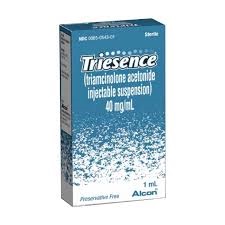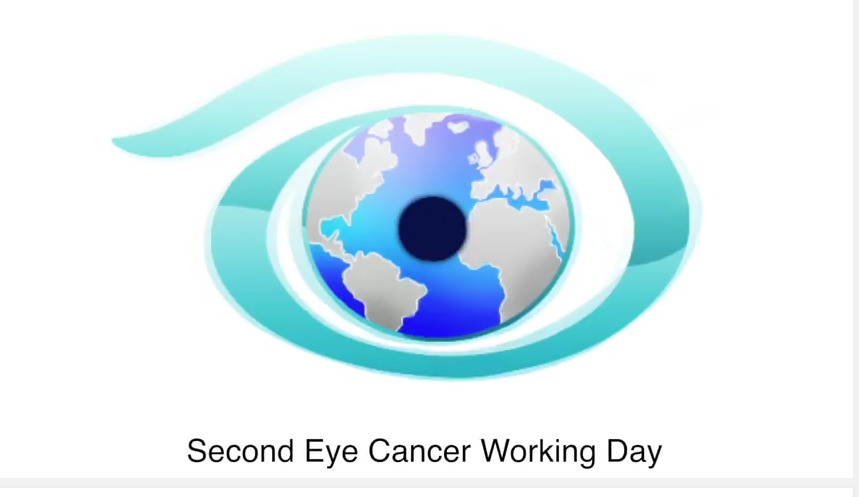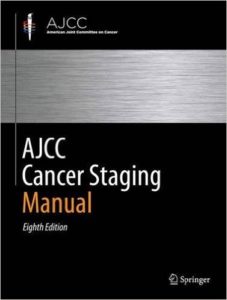The Second Eye Cancer Working Day, hosted by The Eye Cancer Foundation, International Society of Ocular Oncology, and American Joint committee on Cancer took place on March 24th, 2017 at International Convention Center, Sydney, Australia.
The working day provided a unique opportunity for eye cancer specialists from around the world to work together, face-to-face. The goal was to help the subspecialty move forward into the mainstream of oncological care. 
The day was divided into five sections, each dealing with important, critical problems faced by the ocular oncology specialty. Each session followed the same general format, beginning with an overview presentation by the section convenors, followed by extensive interactive group discussions. These brainstorming sessions allow participants to offer suggestions for work completion and for increasing international collaborations within each subject area.
Following is an overview of the sessions.
Session 1: Comprehensive Open Access Surgical Textbook (COAST)
Conveners: Santosh G Honavar, MD; Sonal S Chaugule, MD; Carol Shields, MD; Dan Gombos, MD; Zenyel Karcioglu, MD; Paul T Finger, MD; Hardeep Mudhar, MD
Authors who coordinated various sections of this oncology surgical guide presented their work at various levels of completion. Participants offered welcomed suggestions to make each chapter both more comprehensive and better focused toward outreach to doctors in underserved areas of the world.
Session 2: Ophthalmic Radiation Side Effect Registry (RASER)
Conveners: Wolfgang Sauerwein, MD; Paul T. Finger MD; Brenda Gallie MD
Presenters discussed information relating to a grading system for ophthalmic radiation side effects. Committed participating centers were announced, and there was an outreach to include new partners. Questions were raised that helped to modify the staging systems and create data fields for this prospective registry.
Session 3: Fellowship Outreach Retinoblastoma (FOR-RB)
Convener: Ashwin Mallipatna, MD
The proposed curriculum for fellowship training in retinoblastoma management was opened for discussion. Input from participating experts from various training institutes was documented. Excellent feedback offered by participants will be used to help finalize the first curriculum for ophthalmic oncology fellowship education.
Session 4: Doctor Reported Outcome (DRO)
Conveners: Tero Kivelä, MD; Bertil Demato, MD; Ezekiel Weis, MD
Dr. Kivelä utilized an hour-long question and answer period to help guide ophthalmic oncology toward outcome reporting. Participants discussed available methods for data collection related to DRO aimed to improve quality assurance of centers worldwide. Subjects ranging from online reporting of published outcomes to prospective collection of outcome data were also discussed. Additionally, participants considered the results of an ongoing multicenter project of Patient Reported Outcomes (PRO).
Session 5: Multicenter International Registries (MIR)
Conveners: Bita Esmaeli, MD; Brenda Gallie, MD; Martine Jager, MD
New, completed, and ongling international multicenter projects were summarised. The panel highlighted accomplishments, including retrospective registry-derived answers to important clinical questions related to choroidal melanoma staging, the failure of local control, retinoblastoma staging, and ocular adnexal lymphoma. Ongoing registries were enumerated and attendees were invited to participate. These included vitreoretinal lymphoma, conjunctival melanoma, and eyelid tumors. The process and requirements for participation of new centers in the registries was also discussed. Dr. Zeynel Karcioglu called for establishment of a chemotherapy side effects registry (in consideration of the advent of IAC and the many biotherapies with ophthalmic side effects).
The day was concluded with discussion by doctors Paul T Finger, Martin Jager, Ashwin Mallipatna, Brenda Gallie, Tero Kivelä, Wolfgang Saurwein, and Bita Esmaeli relating to future courses of action. Dr. Finger strongly suggested that the WD initiatives should be part of the International Society of Ophthalmic Oncology (ISOO), noting that most cancer subspecialties have them, and that ISOO committees need be formed to move forward.
Here is a video clip of the discussions that took place in Sydney, Australia’s, Second Working Day.












